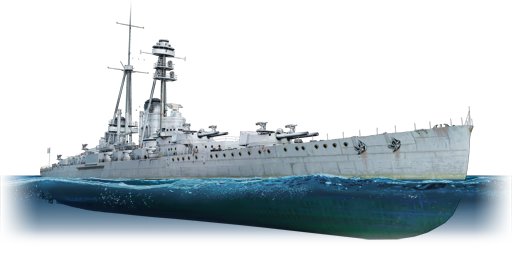Francesco Caracciolo was the only super-dreadnought of the Regia Marina ever to be launched. Its design dated back to 1912; initially planned as a 27,000--29,000-ton vessel with ten 356 mm guns, it evolved into a 35,000-ton battleship with twelve 381 mm guns to rival global naval powers. However, economic issues and limited shipyard capacity led to the design being downsized to 31,000 tons with only eight 381 mm guns. Laid down in October 1914, just four months after the beginning of the Great War, the battleship had to compete for steel and manpower with the ongoing global conflict, which slowed construction. Delays sparked repeated debates in the Italian Senate, and production was eventually halted in 1916, on the eve of news that the rival Austro-Hungarian Ersatz Monarch-class battleships were cancelled. In 1919, revisions added anti-aircraft guns, slightly increasing displacement, but the financial and logistical challenges of the post-war economic crisis prevented completion. Efforts to repurpose the hull as a floatplane or aircraft carrier failed, as the Regia Marina's budget was very tight during the interwar period. The hull was launched in 1920 and sold for conversion into a super-freighter, but this plan also collapsed, and the Francesco Caracciolo was scrapped in 1926. The turrets of the battleship saw a second life during the Second World War as the main guns of the monitor Faà di Bruno and as coastal defences.
RN Francesco Caracciolo was introduced in Update "Firebirds". While her 381 mm main guns might appear attractive, their performance in actual combat might be considered underwhelming, being severely limited by the lack of AP shells. Her protection scheme, while one of the best Italy has to offer at shorter ranges, has a few weak spots to plunging shells, which might penetrate above the 300 mm plates and dive straight into the magazines. Overall, she is a very capable warship for her BR, with her combat performance being limited primarily by the fact that she is frequently matched against top-tier vessels, to which she has little to no response.















